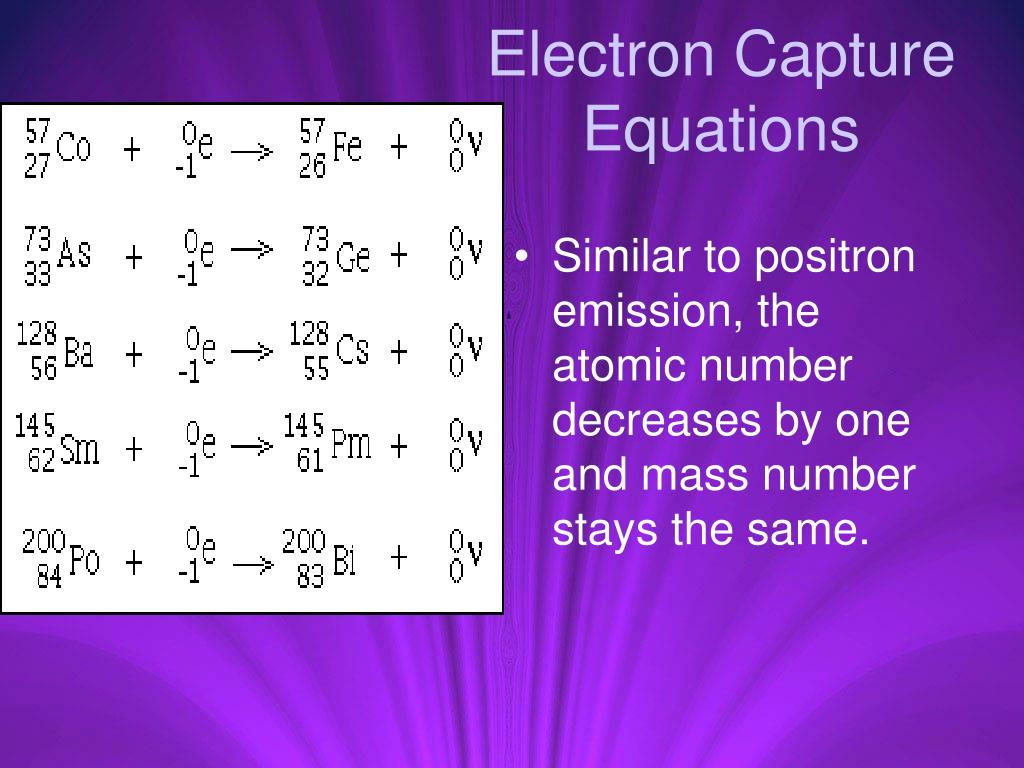

Cross-linkable chitosan-based hydrogel microbeads with pH-responsive adsorption properties for organic dyes prepared using size-tunable microchannel emulsification technique. Kuroiwa T, Takada H, Shogen A, Saito K, Kobayashi I, Uemura K, et al. Chemical modification of chitosan and equilibrium study for mercury ion removal. Peritoneal adhesion prevention with a biodegradable and injectable N, O-carboxymethyl chitosan-aldehyde hyaluronic acid hydrogel in a rat repeated-injury model. Song L, Li L, He T, Wang N, Yang S, Yang X, et al. Self-healing mussel-inspired multi-pH-responsive hydrogels. Krogsgaard M, Behrens MA, Pedersen JS, Birkedal H. A review on polymeric hydrogel membranes for wound dressing applications: PVA-based hydrogel dressings. PEG-phosphorylcholine hydrogels as tunable and versatile platforms for mechanobiology. Herrick WG, Nguyen TV, Sleiman M, McRae S, Emrick TS, Peyton SR. Preparation and characterization of hydrogels based on homopolymeric fractions of sodium alginate and PNIPAAm. Leal D, De Borggraeve W, Encinas MV, Matsuhiro B, Müller R. A review on pH and temperature responsive gels and other less explored drug delivery systems. Molecules 2019 24:603.īolla PK, Rodriguez VA, Kalhapure RS, Kolli CS, Andrews S, Renukuntla J. Hydrogels and their applications in targeted drug delivery. Design properties of hydrogel tissue-engineering scaffolds. Degradable natural polymer hydrogels for articular cartilage tissue engineering. Decellularization in tissue engineering and regenerative medicine: evaluation, modification, and application methods. Neishabouri A, Soltani Khaboushan A, Daghigh F, Kajbafzadeh AM, Majidi Zolbin M. Hydrogel microparticles for biomedical applications. Chem Soc Rev 2013 42:7391–420.ĭaly AC, Riley L, Segura T, Burdick JA. Responsive hydrogels–structurally and dimensionally optimized smart frameworks for applications in catalysis, micro-system technology and material science. Several analysis and characterization techniques were utilized to describe the cross-linking components and confirm the physical properties of the chitosan backbone polymer chain in the modified iron-induced hydrogel frameworks before and after EDTA treatment.

The hydrogels demonstrated enhanced mechanical strength and cohesiveness at a pH of 5, and rheology analysis was used to determine the storage and loss moduli. Three pH conditions of 3, 5, and 7 were applied for ethylenediamine tetra-acetic acid (EDTA) treatment as a triggering factor in modifying the uniform hydrogel structure. The gel formation was well maintained by the dual cross-linking networks of the electrostatic interactions between catechol chitosan solution (CCS) and Fe 3+ along with the covalent catechol-coupling-based coordinate bonds. The conjugation of the catechol moieties, which determines the structure of the hydrogel, was evaluated by nuclear magnetic resonance spectroscopy and ultraviolet‒visible spectroscopy. Modified catechol chitosan was synthesized to examine the intricate connections between Fe(III) and catechol under different pH conditions.


 0 kommentar(er)
0 kommentar(er)
